John P o’Sullivan previews Hughie o’Donoghue’s latest suite of paintings of diverse historic characters spanning 1,500 years of history
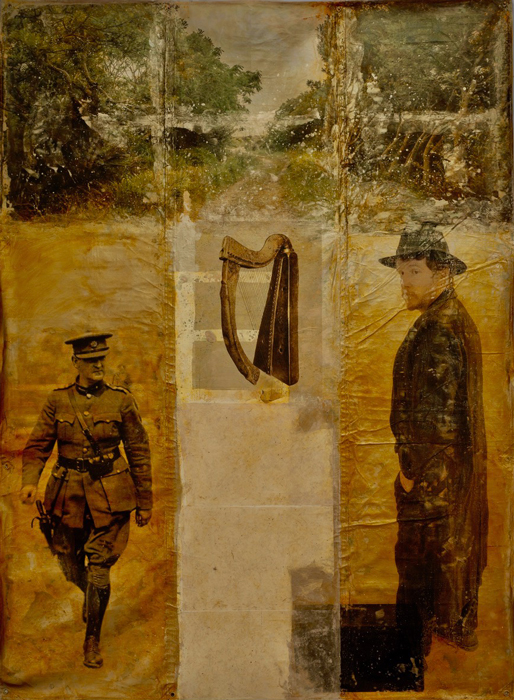
John P O’Sullivan previews Hughie O’Donoghue’s latest suite of paintings of diverse historic characters spanning 1,500 years of history The magnificent Shaw Room at the National Gallery of Ireland (NGI) has been radically transformed; Daniel Maclise’s The Marriage of Strongbow and Aoife has exciting new neighbours. The stern and stilted 18th- and 19th-century portraits have been replaced by ‘Original Sins’, a site-specific exhibition by Hughie O’Donoghue, commissioned by the NGI as part of its contribution to the Decade of Centenaries. The paintings explore Ireland’s complex relationship with Britain, as well as questions of origin and identity. The exhibition consists of six works, each of large scale, based on historical personages: Saint Deirbhile (6th century AD), the Anglo-Saxon King Wuffa (died c.578AD), Aoife MacMurrough (1145-1188), William the Conqueror (c.1028-1087), the suffragette Emily Davison (1872-1913) and Irish nationalist hero Michael Collins (1890-1922). It’s a strangely disparate group of characters, you might think at first, but when you dwell on the paintings associations begin to manifest themselves: hunger strikes, Normans, martyrs, intertwined lineages, women’s freedom, migrant incursions and more. To read this article in full, subscribe or buy this edition of the Irish Arts Review
The magnificent Shaw Room at the National Gallery of Ireland (NGI) has been radically transformed; Daniel Maclise’s The Marriage of Strongbow and Aoife has exciting new neighbours. The stern and stilted 18th- and 19th-century portraits have been replaced by ‘Original Sins’, a site-specific exhibition by Hughie O’Donoghue, commissioned by the NGI as part of its contribution to the Decade of Centenaries. The paintings explore Ireland’s complex relationship with Britain, as well as questions of origin and identity. The exhibition consists of six works, each of large scale, based on historical personages: Saint Deirbhile (6th century AD), the Anglo-Saxon King Wuffa (died c.578AD), Aoife MacMurrough (1145–1188), William the Conqueror (c.1028–1087), the suffragette Emily Davison (1872–1913) and Irish nationalist hero Michael Collins (1890–1922). It’s a strangely disparate group of characters, you might think at first, but when you dwell on the paintings associations begin to manifest themselves: hunger strikes, Normans, martyrs, intertwined lineages, women’s freedom, migrant incursions and more.
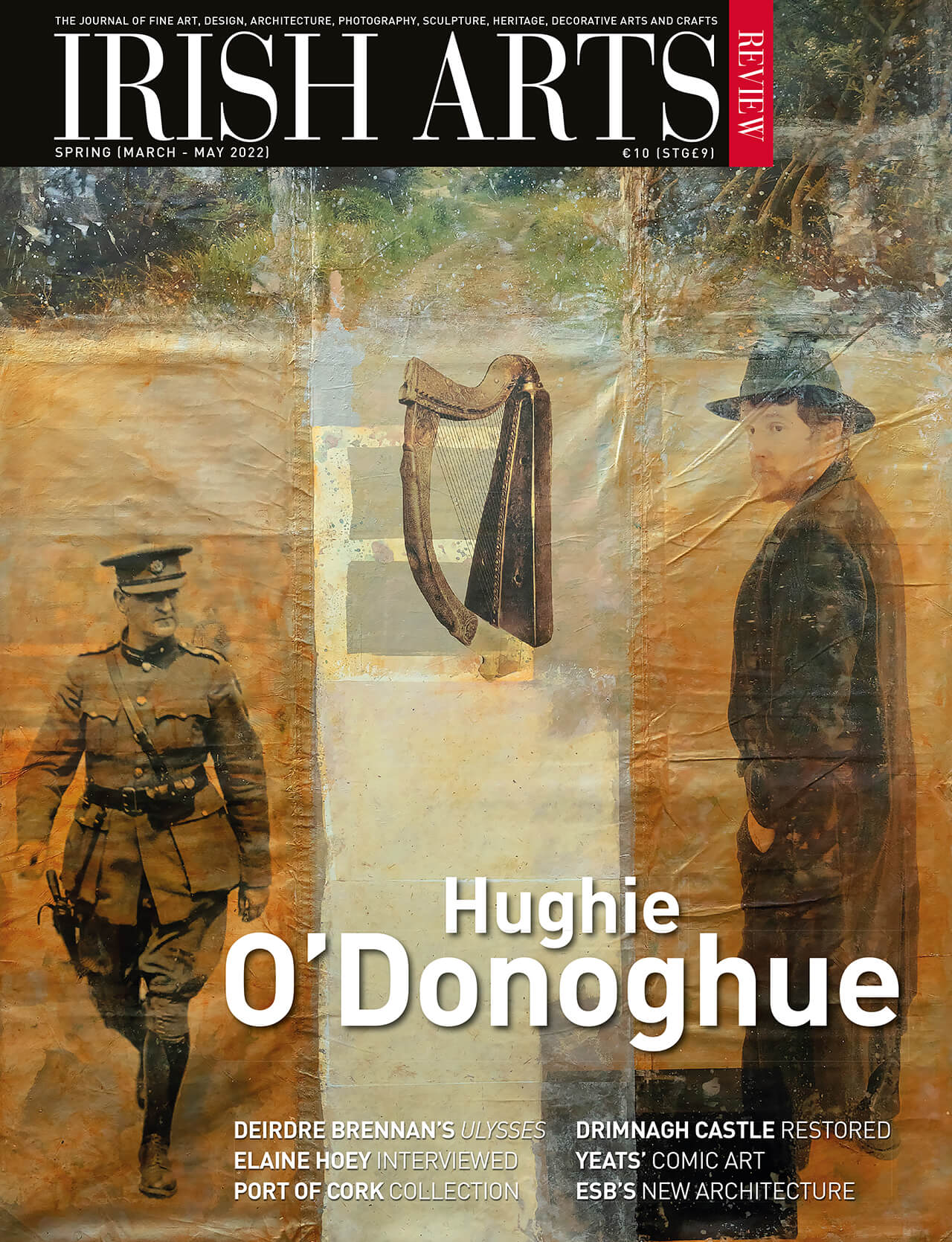
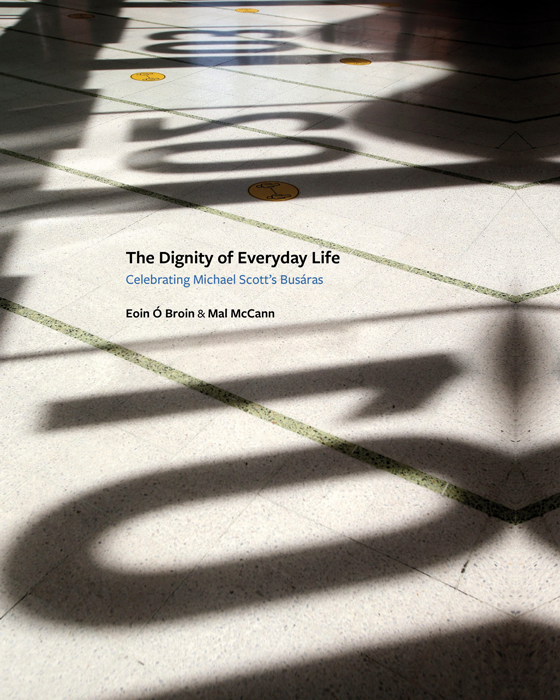
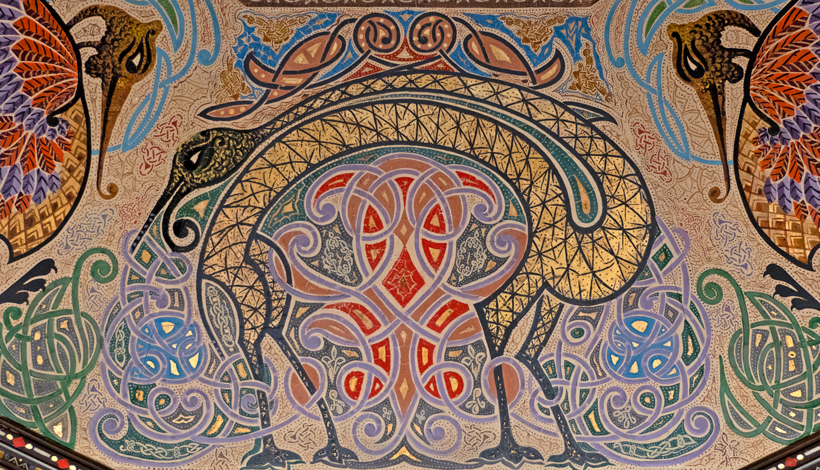
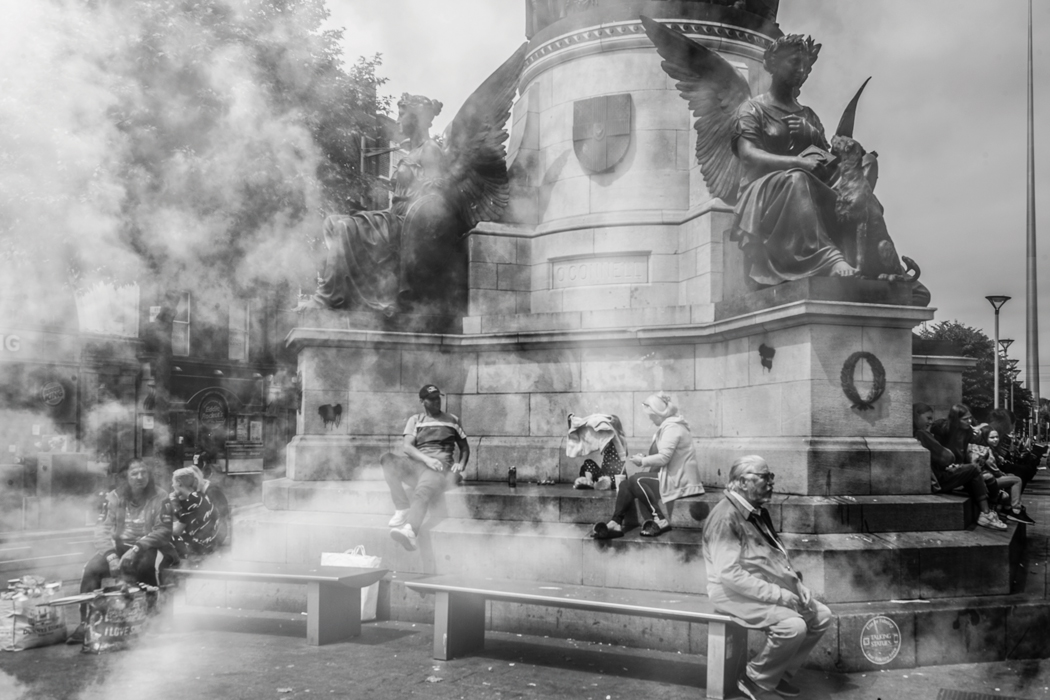
Stephanie McBride explores Deirdre Brennan’s photographic response to James Joyce’s Ulysses